
Folio 184v, a page from the ‘Belles Heures of Jean de France, duc de Berry’ (1405–1409), which is assumed to be painted by the Limbourg brothers Paul, Herman, and Jean de Limbourg (and their assistants). In this part of the manuscript, the story of St. Jerome, an Illyrian Latin Christian priest, confessor, theologian and historian best known for writing the Latin translation of the Holy Bible, is told.
A prank is played on the pious Jerome: in the dark of night, another monk steals into the saint’s cell and replaces his habit with a woman’s dress. The saint, waking in the pre-dawn hour of Matins, puts on the dress and goes into the church, where the seated monks whisper at the scandal of seeing Jerome, beard and all, in the blue dress of a lady.
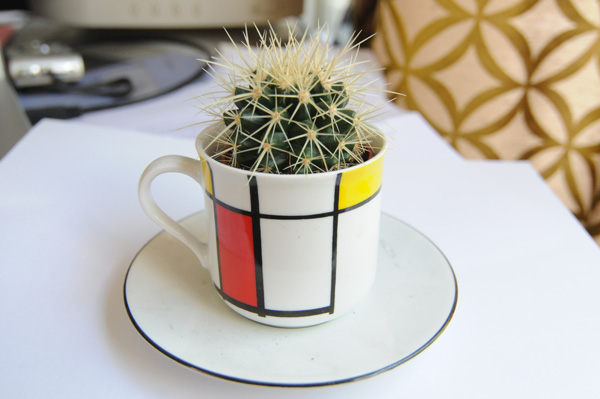

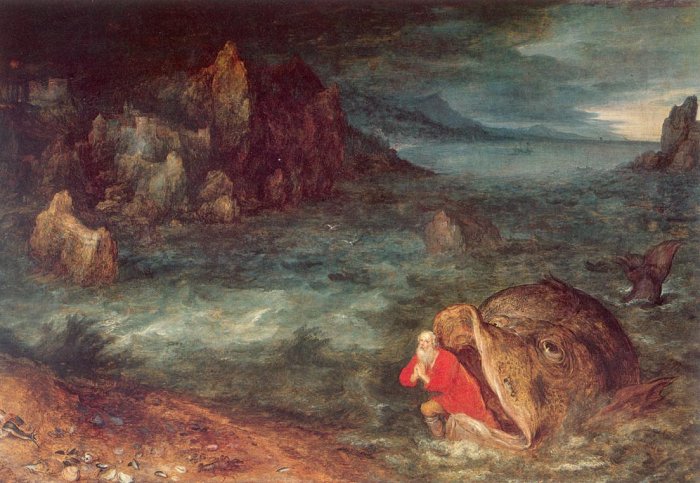


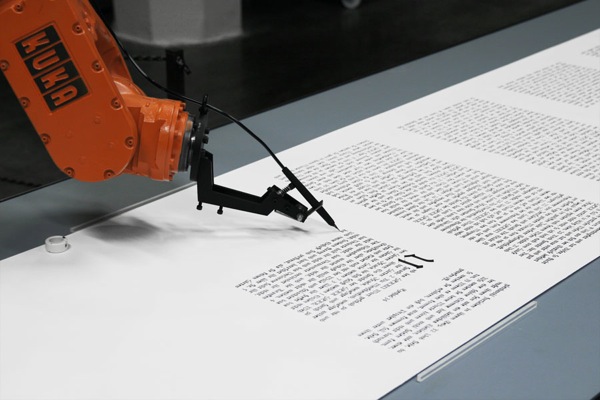
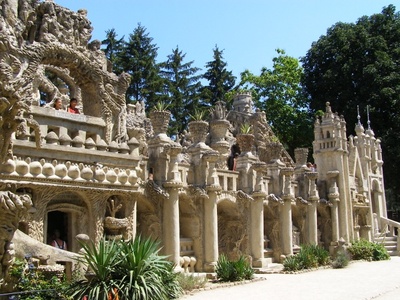

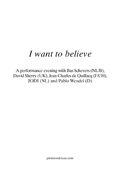
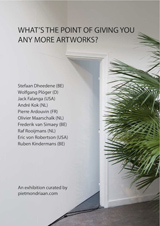
Tauba Auerbach
‘Alphabetized Bible’ (2006) by Tauba Auerbach.